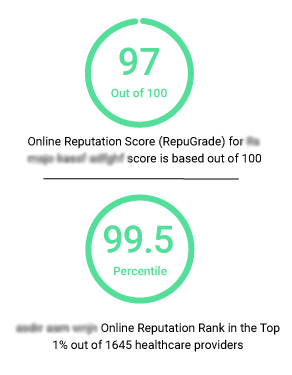Choose the Right Format for Better Image Quality
Knowing what images to use can be quite beneficial to a website designer. Essentially, anyone can put together a basic website with words on it. However, knowing what images to use and where can improve the flow of a website and entice visitors to return.
The Graphics Interchange Format, or GIF, was widely popular in the beginning stages of internet strategy. With its lossless data compression, these images can be animated with 256 colors per frame. These images made a profound impact on the earlier website strategy for the file size was fairly small.
A portable Network Graphics image, or PNG, was designed later on to replace the GIF. PNG images are far superior to GIF because they can handle more than 256 colors and can be placed without a background. With a PNG, a background doesn't exist giving the image versatility.
The JPG image, or JPEG, is quite common for its scalability. While saving the image, one can trade off image quality for storage size. This means they can be as clear as you need, or take up as little space as possible.
The Bitmap images, or BMP, are images that can store data independently of your video device. Operating systems use these quite extensively because it will only need to be loaded into the memory once. WBMP images are essentially bitmap images made in monochrome for mobile devices.
With Tagged Image File Format, or TIFF, one could store the image and return to edit it later without the loss of image quality. The TIFF images have not changed much since the early 90s, and are used mostly by graphic designers.
Depending on ones website strategy, there are many types to choose from. There is no right or wrong way, just efficiency for visitors to view the images.
Comments are closed

